What is Pediatric Sleep-Disordered Breathing?
Pediatric sleep-disordered breathing (PSDB) refers to breathing difficulties that children experience during sleep. PSDB can include conditions such as excessive snoring and sleep apnea. PSDB can cause a child's brain to believe that they are choking, which can result in an increased heart rate, disrupted sleep, and a rise in blood pressure.
Causes of Pediatric Sleep-Disordered Breathing
Most causes of PSDB are related to a condition that causes the narrowing or blocking of the child's airway during sleep. Common causes for PSDB include the following:
- Enlarged tonsils or adenoids that narrows the airways
- Obesity causing fat deposits in the neck to restrict the airways
- Physical abnormalities with the jaw, tongue, or throat
- Neuromuscular conditions including cerebral palsy
- Sickle cell disease
- Low birth weight
- Family history of sleep problems
Symptoms and Diagnosis of Pediatric Sleep-Disordered Breathing
Symptoms for PSDB are listed below:
- Excessive snoring
- Inconsistent breathing or breathing pauses
- Disrupted sleep, frequently waking up or partially waking up
- Coughing, gagging, or snorting
- Wetting the bed
- Nightmares, sleep terrors
PSDB may also affect your child's behavior and development, such as:
- Difficulty staying focused
- Poor performance in school
- Learning difficulties
- Behavioral problems
- Hyper activeness
- Issues with gaining weight as they grow
Diagnosis for PSDB will usually include a physical examination, review of symptoms, and several potential tests. Testing may include an electrocardiogram or an overnight sleep study where sensors monitor your child's breathing and brain activity.
Treatments for Pediatric Sleep-Disordered Breathing
Treatment for PSDB will vary based on the age of your child, underlying cause, your child's overall health and behavior, severity of symptoms, and preference. Treatments may involve the following:
- Prescription or over-the-counter medications such as nasal steroids that can help to ease symptoms.
- Surgical procedure to remove the tonsils and adenoids to open the airways and improve breathing.
- Positive airway pressure therapy (CPAP or BPAP), which involve machines that assist in breathing during sleep.
- Special dental mouthpieces that can alter the sleeping position of your child's jaw or tongue to assist in keeping airways open.
- Weight loss plan if the restricted airways are the result of fat deposits in the neck obstructing airways.



